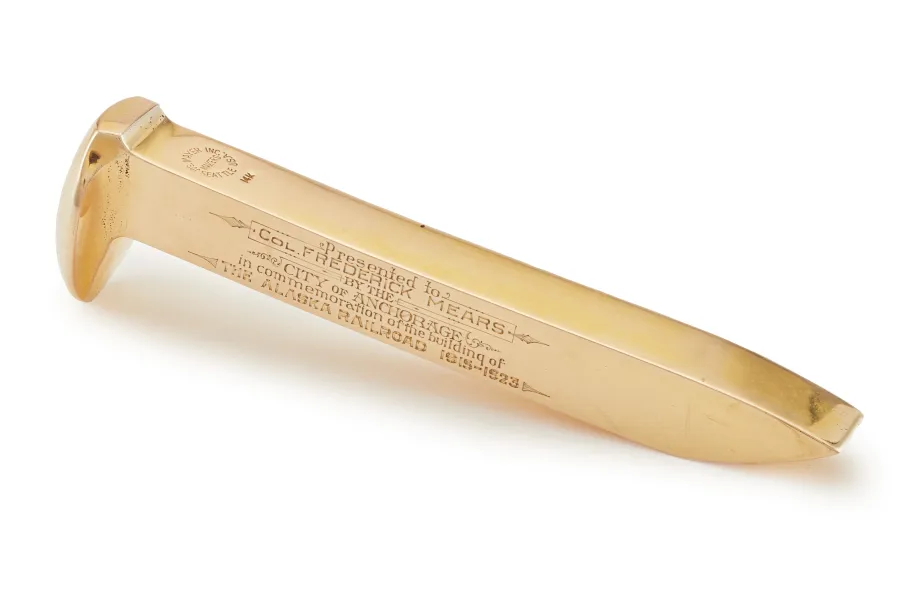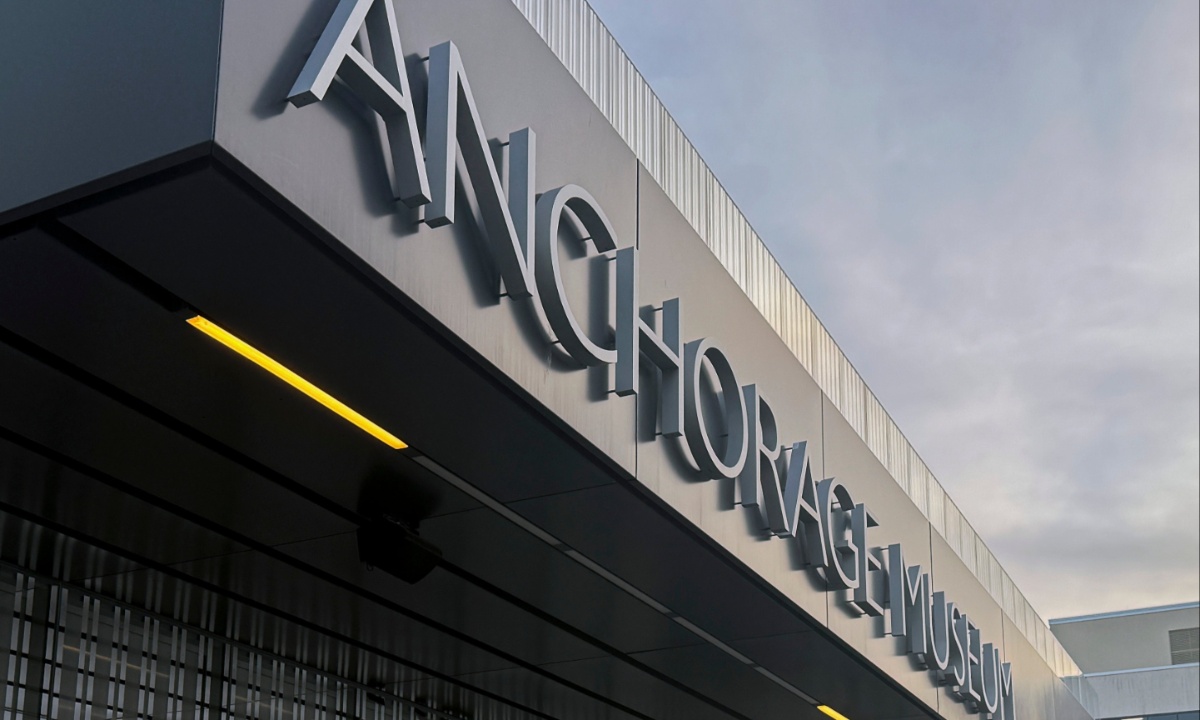After more than a century, the golden spike used to complete the Alaska Railroad will be permanently displayed in its home state. The Anchorage Museum and the city of Nenana secured the artifact in a Christie’s auction for $201,600, surpassing its estimated value of $50,000. Financial support from private donors and the Alaska Railroad made this historic acquisition possible, ensuring the artifact’s return to Alaska for public appreciation.
A Shared Display Between Communities
The spike will alternate its display between Anchorage and Nenana, representing a collaborative effort to preserve and celebrate Alaskan history. Anchorage Museum CEO Julie Decker praised the partnership, emphasizing the spike’s role in telling the story of Alaska’s development. Nenana Mayor Joshua Verhagen also highlighted how the joint effort symbolizes unity between urban and rural communities connected by the Alaska Railroad.

The Alaska Railroad, constructed between 1914 and 1923, connected the Pacific port of Seward to Fairbanks, covering 470 miles. The project was a federal initiative designed to facilitate resource transportation, including coal and minerals, from Alaska’s interior. U.S. Army Col. Frederick Mears, the project’s lead engineer, received the golden spike in recognition of his contributions, though he was reassigned shortly before the railroad’s completion.
Presidential Ceremony and Spike’s Journey
President Warren G. Harding played a ceremonial role on July 15, 1923, tapping the golden spike near Nenana before replacing it with a standard one. The spike was then returned to Col. Mears in Seattle, where it remained until it entered private hands. The auctioned artifact had been owned by a California collector since 1983 before its return to Alaska, ensuring its historical significance is celebrated locally.
The golden spike’s return marks a significant step in preserving Alaskan heritage. As an emblem of the railroad that shaped the state’s development, the artifact will now be accessible to residents and visitors alike. Christie’s specialist Christopher June expressed pride in facilitating its return, noting the spike’s cultural importance and the opportunity it provides to reconnect Alaskans with their history.
